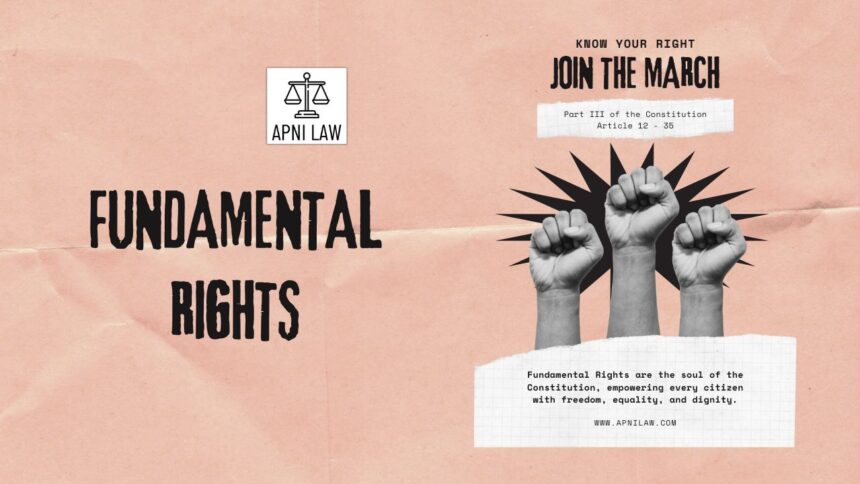Introduction
The Indian Constitution is a living document that seeks to balance unity with diversity. Among its Fundamental Rights, Article 29 plays a critical role in safeguarding the cultural and educational interests of minorities. India is home to hundreds of languages, traditions, and communities, many of which face the risk of losing their identity in a rapidly modernizing society. Recognizing this, the framers of the Constitution inserted Article 29 to ensure that minority groups, whether linguistic, cultural, or religious, could preserve their way of life.
This Article is not only about cultural preservation but also about equality in education. It protects individuals from discrimination when seeking admission to institutions maintained or aided by the State. By doing so, Article 29 strikes a balance between individual rights and collective identity. In today’s India, where debates about minority rights often dominate political and social discussions, Article 29 continues to remain highly relevant.
Meaning and Explanation of Article 29
Article 29 of the Constitution has two key provisions. The first part states that any section of the citizens living in India and having a distinct language, script, or culture of its own shall have the right to conserve the same. This means that linguistic or cultural groups have the freedom to preserve and promote their traditions without interference. For example, tribal groups in the northeast or Tamil speakers in Tamil Nadu can claim protection under this Article.
The second part of Article 29 ensures that no citizen shall be denied admission to any educational institution maintained or aided by the State on grounds of religion, race, caste, language, or any similar discriminatory factor. This provision is not limited to minorities. It applies to every Indian citizen, thereby making education accessible to all without prejudice. Together, these two clauses empower minorities to preserve their heritage while ensuring equal access to education.
Relevance and Applicability
The relevance of Article 29 lies in its role as a safeguard against the assimilation of minority groups into the majority culture. India’s strength comes from its diversity, but that diversity requires protection to survive. Article 29 ensures that smaller communities can maintain their identity within the broader national framework. It also makes sure that no citizen faces exclusion from publicly funded education simply because of who they are.
For example, if a State-funded school denies admission to a child based on their religion or language, it would directly violate Article 29. At the same time, cultural groups can organize events, publish materials, and promote their language and traditions, knowing that the Constitution supports them. This dual role of protection and equality makes Article 29 a cornerstone of India’s secular democracy.
Judicial Interpretation and Case Laws
The judiciary has been instrumental in giving life to Article 29. In the landmark case of State of Madras v. Champakam Dorairajan (1951), the Supreme Court ruled that reservations based solely on caste for admission in educational institutions violated Article 29(2). This decision later led to the First Constitutional Amendment, which allowed reservations for socially and educationally backward classes under Article 15(4).
Another important case is D.P. Joshi v. State of Madhya Bharat (1955). The Court upheld a rule that required students from outside a State to pay higher fees, holding that it did not violate Article 29(2) since the discrimination was based on residence and not religion, race, caste, or language. This case clarified the scope of what counts as discriminatory under Article 29.
These judgments show that Article 29 is not just a symbolic promise. It is a legally enforceable right that protects both minorities and individuals against educational discrimination.
Practical Impact of Article 29
On the ground, Article 29 has ensured that minorities in India can preserve their cultural and linguistic identity without fear of suppression. Schools and organizations run by linguistic groups continue to teach and promote their native languages. Cultural associations use Article 29 as a foundation to preserve literature, folk art, and traditions.
The Article has also expanded access to education. By prohibiting discrimination in admissions to State-aided institutions, it ensures that students from all backgrounds can access opportunities equally. This is especially significant in a country where social divisions based on caste, religion, and language have historically led to exclusion. Article 29 acts as a shield to guarantee fairness in public education.
Criticism and Debate
Like many constitutional provisions, Article 29 has not been free from criticism. Some argue that while it protects minorities, it could also be misused to demand special treatment or privileges. Others believe that by focusing on identity, it reinforces divisions rather than promoting unity.
Yet, defenders of Article 29 argue that the provision is not about privilege but about protection. In a society where majority culture can easily dominate, minorities need constitutional safeguards to preserve their heritage. Without Article 29, many smaller communities might have lost their cultural identity over time. Thus, the Article strengthens unity by making diversity possible.
FAQ Section
What is the main purpose of Article 29?
The main purpose of Article 29 is to protect the cultural and educational interests of minorities and to ensure that no citizen faces discrimination in admissions to State-funded educational institutions.
Does Article 29 apply only to minorities?
No, Article 29(1) applies to minorities, but Article 29(2) applies to all citizens. Any person, regardless of religion, caste, or language, can invoke it if denied admission on discriminatory grounds.
How is Article 29 different from Article 30?
Article 29 focuses on the right to conserve culture and equal access to education, while Article 30 specifically grants minorities the right to establish and manage their own educational institutions.
Conclusion
Article 29 of the Indian Constitution remains one of the most vital guarantees for protecting diversity in India. By allowing minority groups to preserve their culture and language, it ensures that India’s rich mosaic of traditions continues to thrive. By prohibiting discrimination in educational institutions, it upholds equality and fairness. While debates around minority rights will always continue, Article 29 strikes a careful balance between protecting identity and promoting inclusivity.
In the long run, this Article helps India remain united not by forcing uniformity, but by celebrating differences. It reflects the spirit of the Constitution, where every citizen, regardless of their background, has the right to belong, participate, and flourish in the nation’s democratic framework.
For any specific query call at +91 – 8569843472








